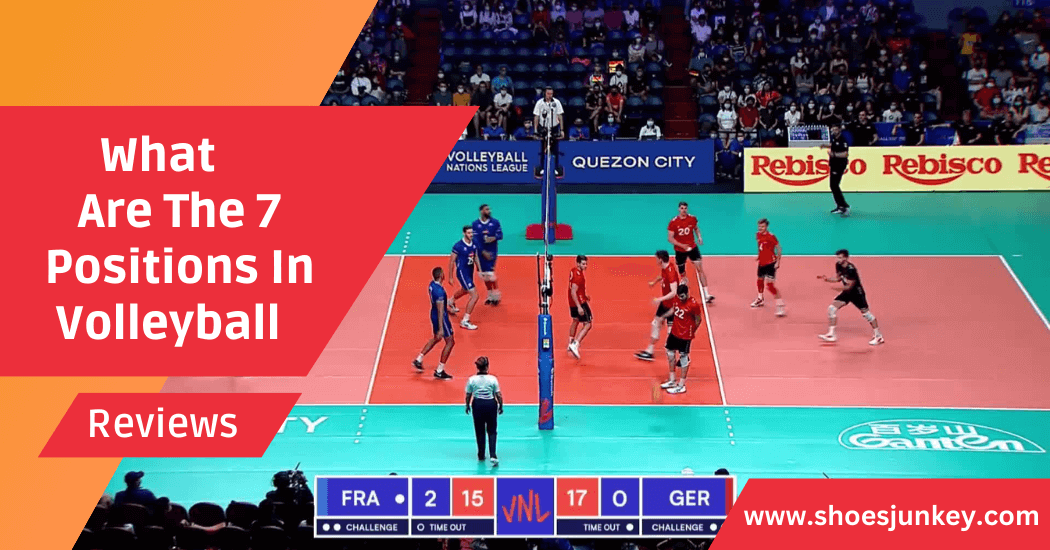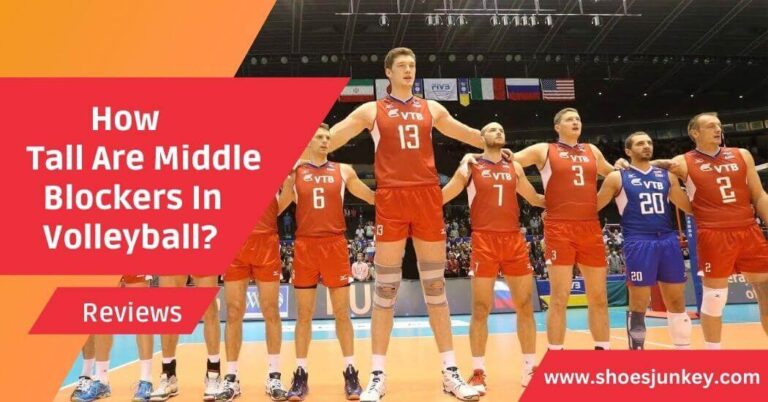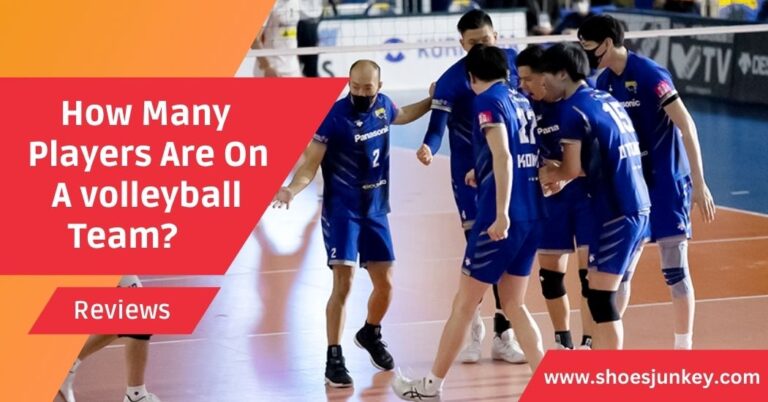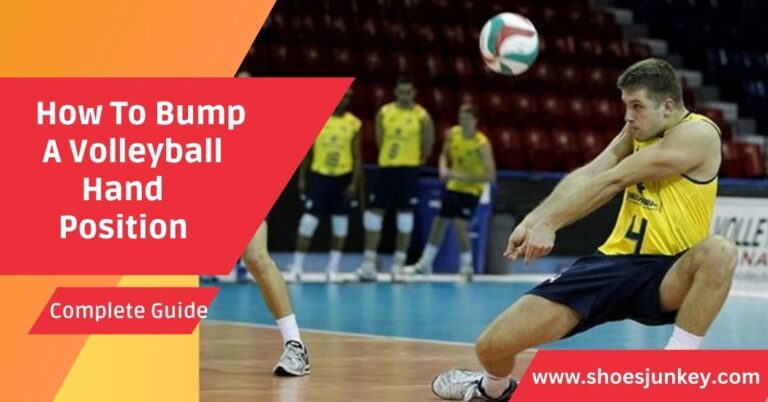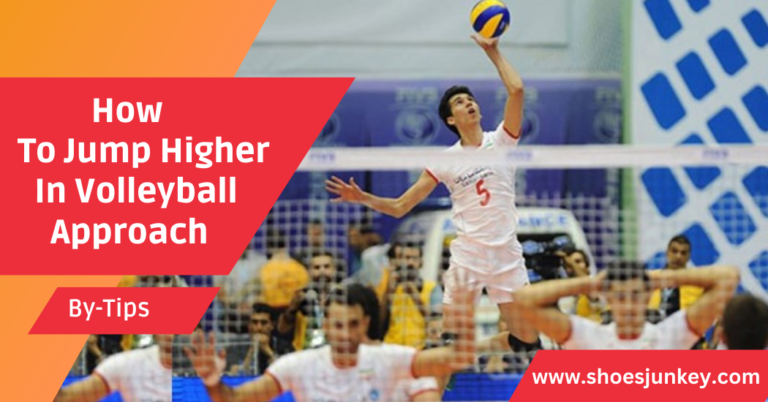What Are The 7 Positions In Volleyball?
Volleyball is a fast-paced, high-energy sport that requires a diverse set of skills and positions to keep the game dynamic and challenging. Each player on a team has a specialized role, playing an essential part in the team’s overall success. Today, we’ll be diving into the seven primary positions in volleyball: the setter, outside hitter, middle blocker, opposite hitter, libero, defensive specialist and serving specialist. We’ll provide an overview of each position, their responsibilities and the strategic significance they hold in the game.

7 positions in volleyball
Understanding the seven key positions in volleyball is crucial to appreciating the strategic depth of the game. Each position requires specific skills and contributes to the team in unique ways, making volleyball a sport that celebrates diversity and teamwork. Let’s delve into each of these seven positions: the setter, outside hitter, middle blocker, opposite hitter, libero, defensive specialist and serving specialist, exploring their respective roles and responsibilities on the court. So, let’s get started!
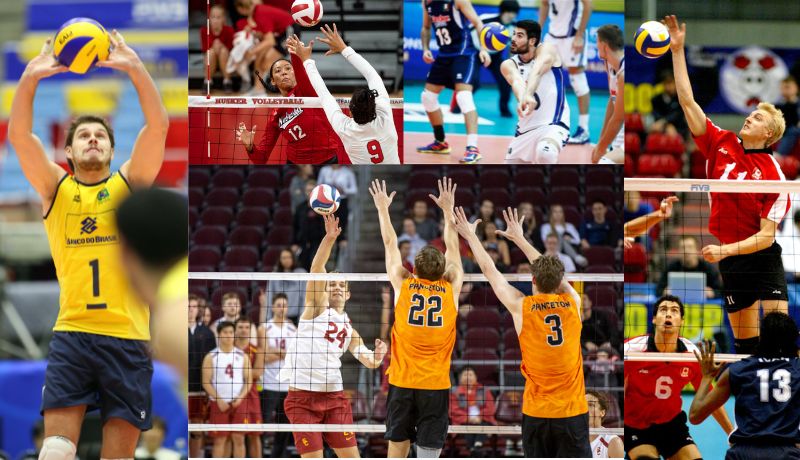
Position 1: Setter
The setter is the quarterback of a volleyball team, responsible for coordinating the offense and setting up plays for the hitters. Acting as the primary playmaker, setters need to have exceptional ball-handling skills and precise decision-making to ensure the success of their team’s offense. Setters also need strong communication skills, as they need to adjust the plays based on the opposing team’s defense constantly.
Position 2: Outside Hitter
Arguably one of the most recognizable positions in volleyball, outside hitters play a crucial role in a team’s offensive attack. Positioned on the left front of the court, they must excel in hitting, passing and blocking.
With their impressive vertical jump and powerful arm swing, outside hitters are responsible for scoring the majority of the team’s points. Their role requires them to hit a variety of shots and excel in adjusting to different sets.
Position 3: Middle Blocker
In the heart of the volleyball court, you’ll find the middle blocker. Standing tall as the team’s defense line, middle blockers are responsible for blocking the opposing team’s attackers and closing the gaps in the team’s block.
They must have quick reflexes and excellent timing, as they need to read and react to the opposing setter’s decisions. Middle blockers also contribute to the team’s offense by hitting quick, explosive attacks from the middle of the court.
Position 4: Opposite Hitter
Found on the right front of the court, the opposite hitters play a critical role in balancing the team’s offensive strategy. As the name suggests, they play opposite to the setter, providing a secondary option to the outside hitter.
With a high level of offensive power and versatility, opposite hitters help to take pressure off the outside hitters by hitting from the right side of the court. Additionally, they participate in blocking and are often involved in a substantial number of defensive plays.
Position 5: Libero
The libero is a defensive specialist, responsible for covering the backcourt and receiving the opposing team’s attacks. Known for their impressive agility and speed, liberos consistently dig and pass the ball, preventing their team from losing points. Wearing a contrasting jersey, the libero is unique as they have unlimited substitutions, but they cannot attack or block at the net.
Position 6: Defensive Specialist
The defensive specialist is another back-row player focused on providing exceptional defense for the team. Sharing similar responsibilities with the libero, defensive specialists are responsible for digging, passing and receiving serves.
Although not as specialized as the libero, defensive specialists can still substitute into a defensive position without taking up a substitution spot. They excel in reading opposing hitters and anticipating the direction of their shots.
Position 7: Serving Specialist
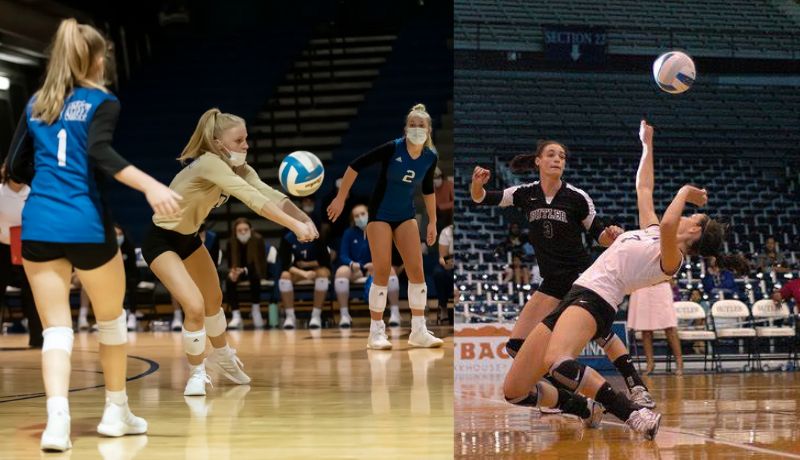
Though not a specific numbered position, the serving specialist is an essential player in a team’s strategy, specializing in providing high-pressure serves to put the opposing team off-balance. Serving specialists typically come into the game to serve and are then substituted out, allowing other players to take on their designated roles. Their primary objective is to score points off of their serves or force the opposing team into a difficult reception.
As you can see, each position in volleyball plays an integral part in a team’s success. From setters coordinating plays to serving specialists providing powerful serves, every player has a unique contribution to make.
Understanding the responsibilities and strategic significance of these positions not only makes you a better player but also allows for a deeper appreciation of the sport as a whole. So whether you’re new to volleyball or have been playing for years, take some time to learn about each position and see the game from a different perspective!
Keep practicing and perfecting your skills and who knows, you could be the next volleyball star in one of these seven positions! Let’s continue to promote and celebrate all the amazing athletes that make up this diverse team sport.
Final Thoughts:
All in all, there are seven positions that can be found on the volleyball court, each with their own set of responsibilities and skills. From the front-row specialists to the backrow almighty, every athlete on the team has an integral role to play in order for their squad to garner success.
As such, it is important for each player to understand where they fit into the puzzle and what tasks they need to do when put into that situation. If everyone can contribute in their unique way and display a collective attitude, then it will definitely result in a competitive squad that can tackle any challenge they face. So take your game up a notch by familiarizing yourself with these seven volleyball positions and putting your strengths where it matters most for your team!

